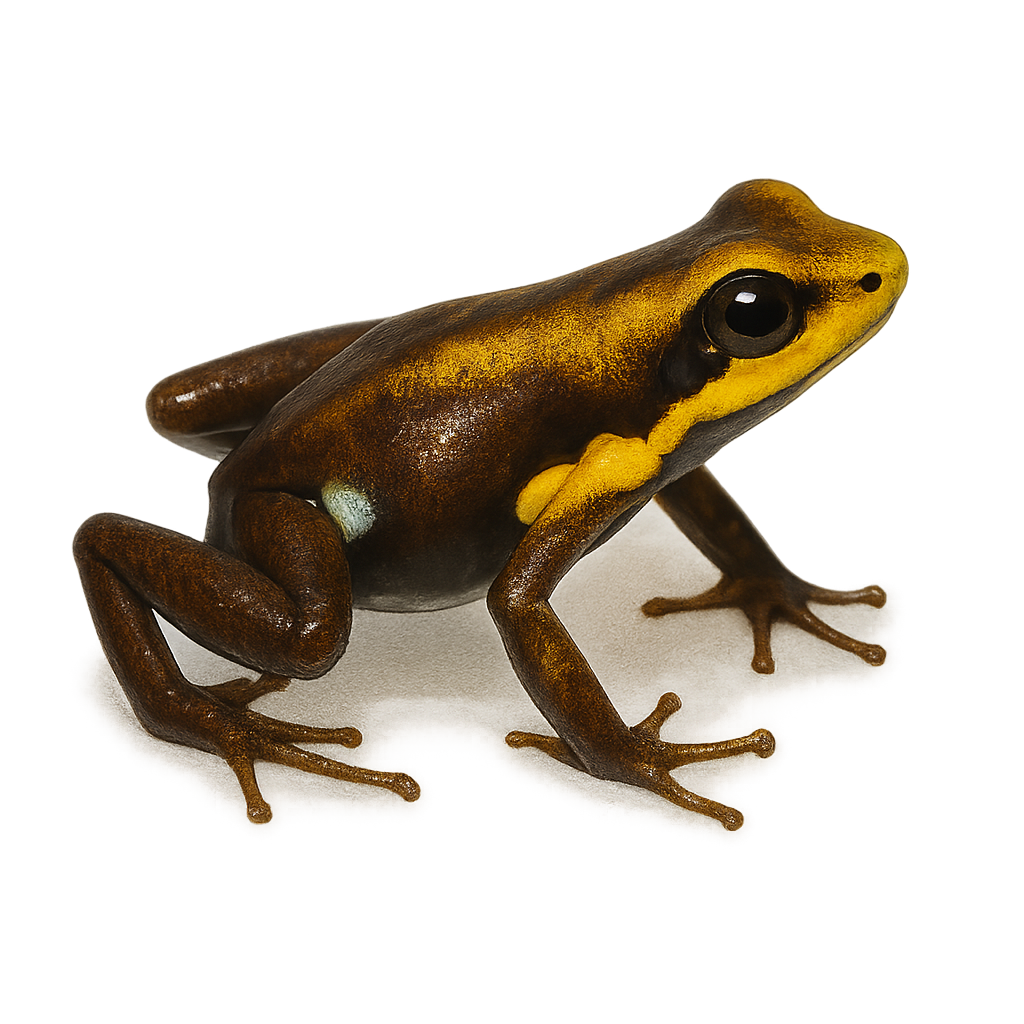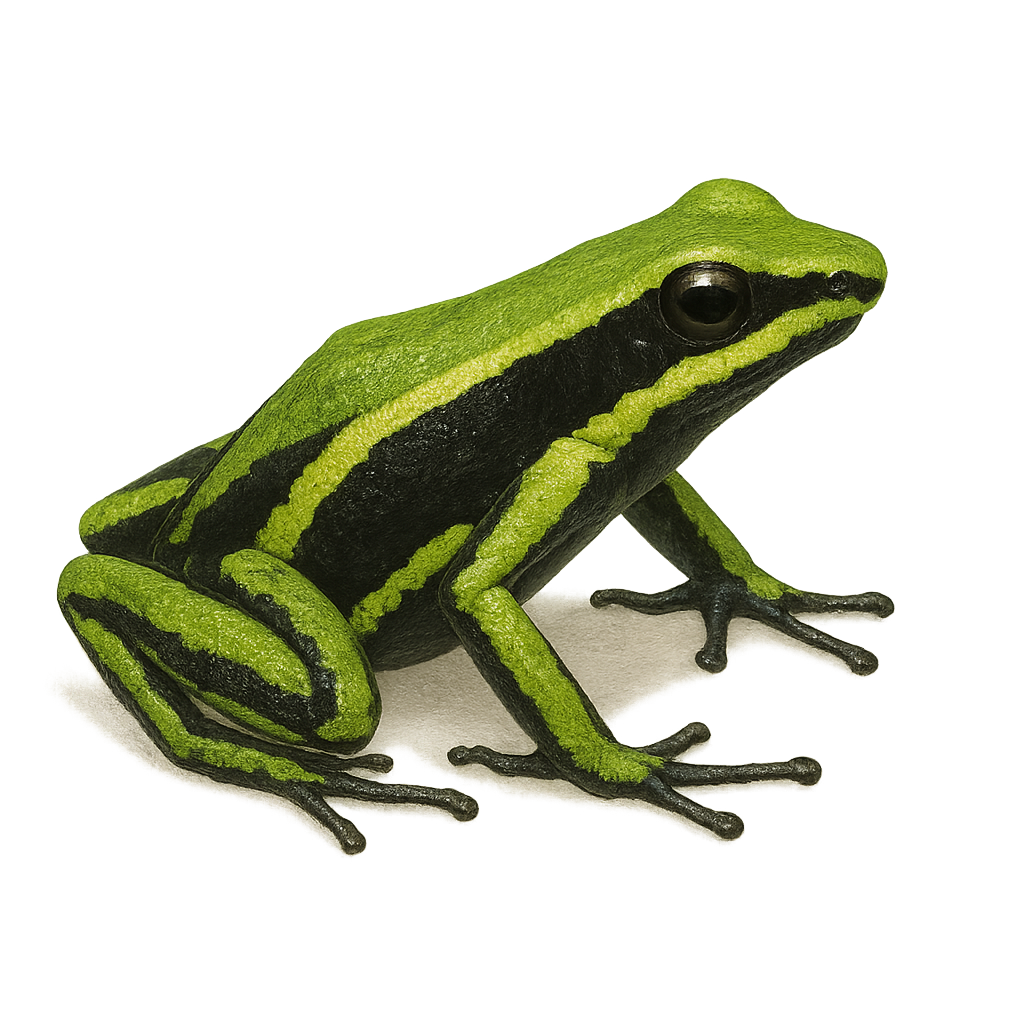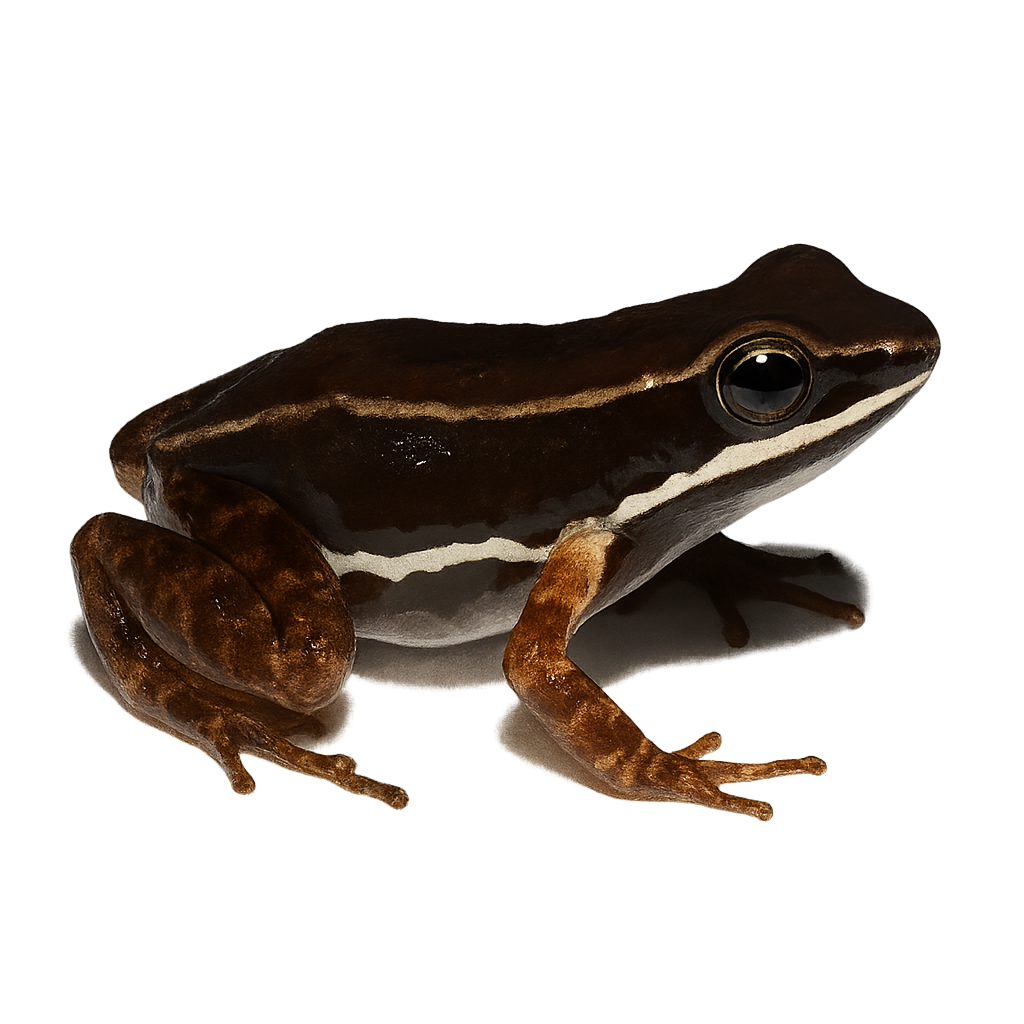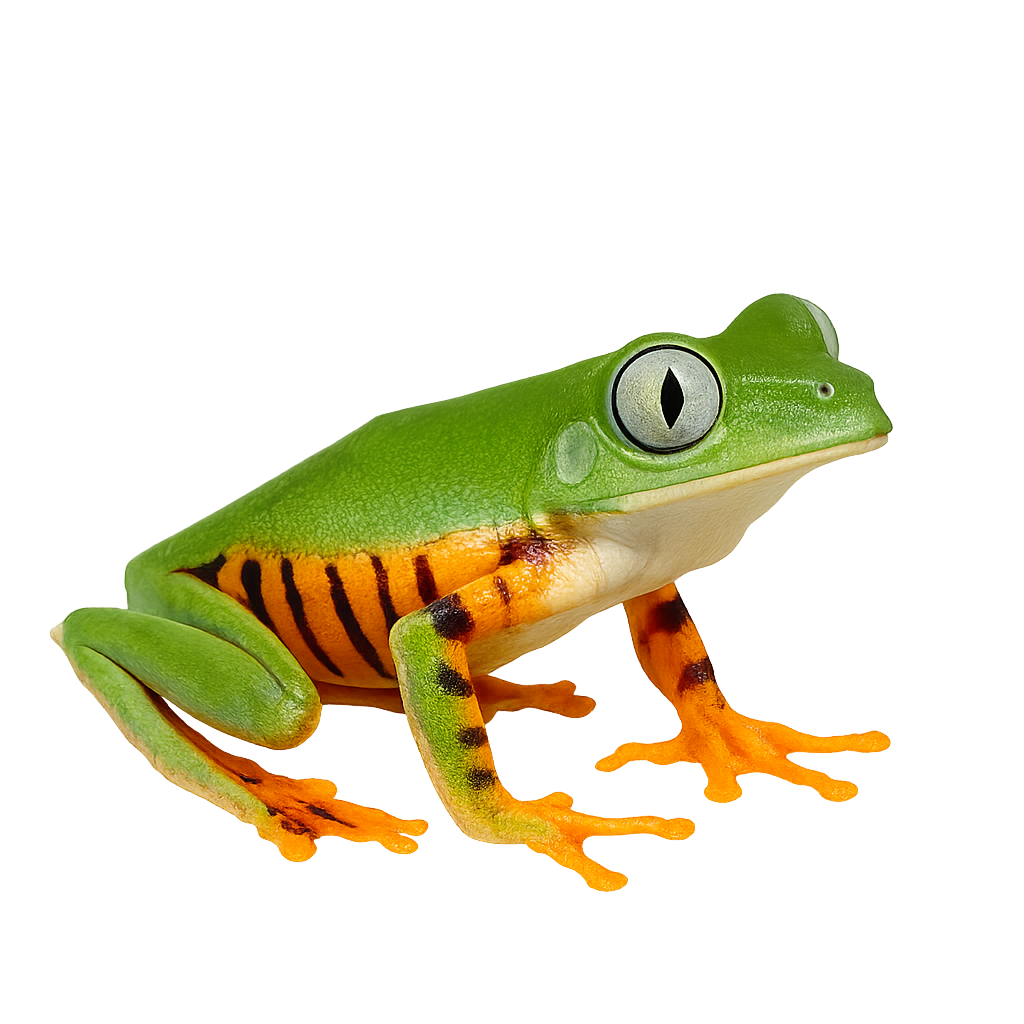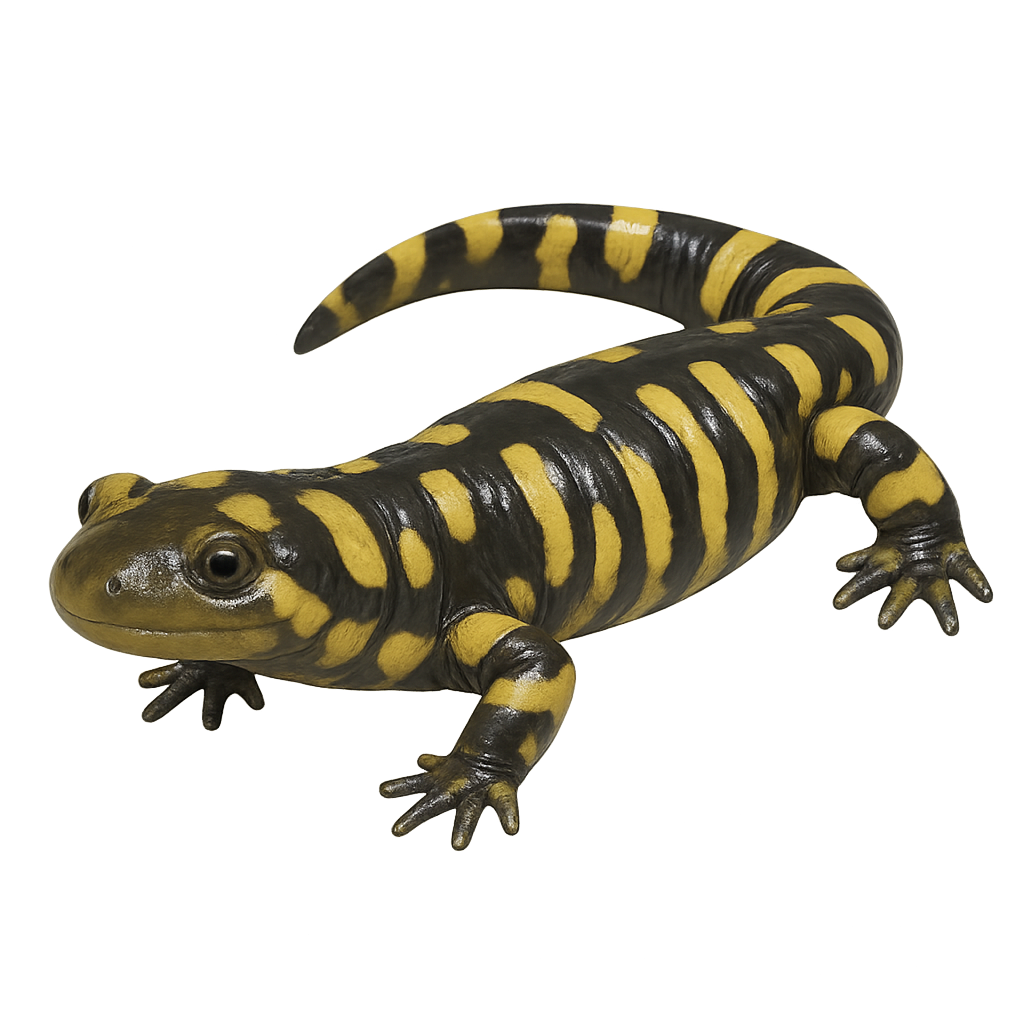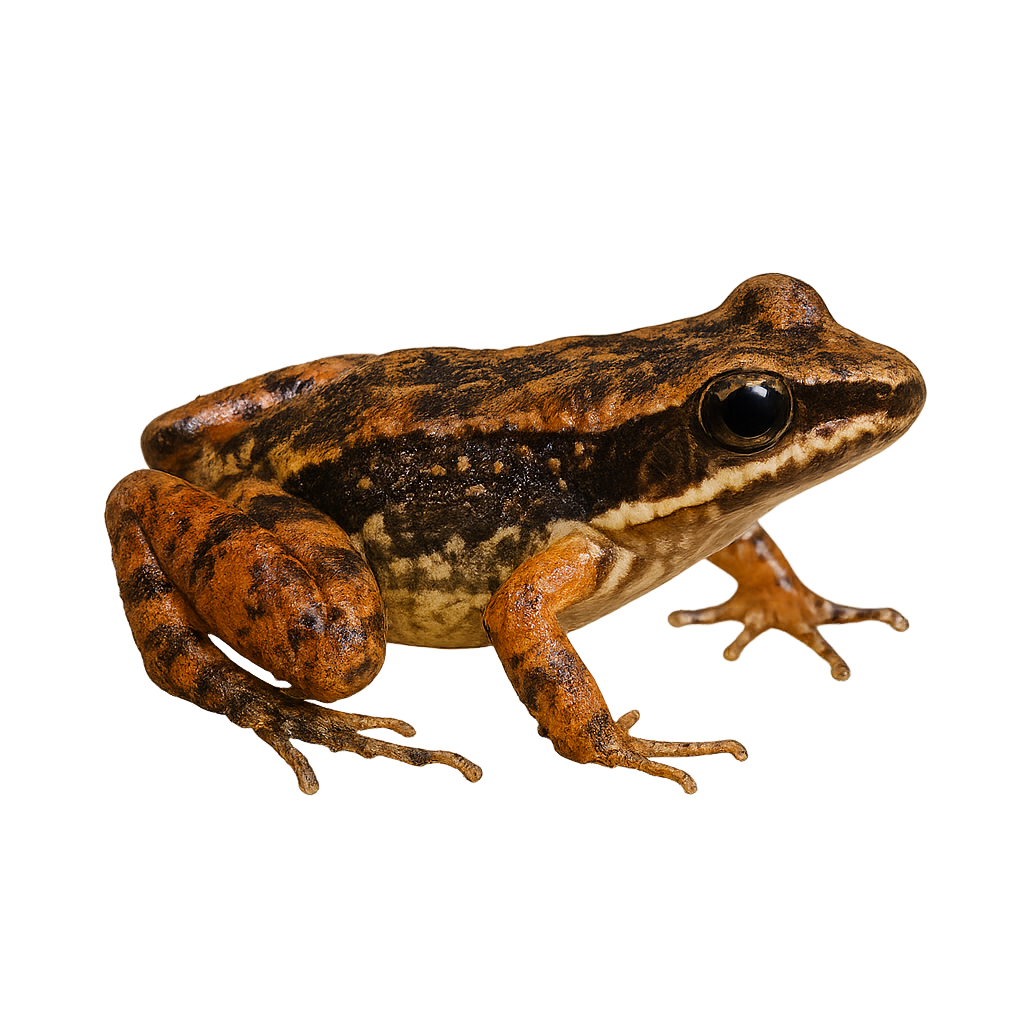Your wildlife tracking tool..
Browse 2,846species by country, track observations, and plan your photo outings.
Your global reference for wildlife photography
WildlifePhotographer gives you access to over 2,846 wildlife species sheets to help you identify, understand, and photograph wildlife around the world. Mammals, birds, reptiles… each sheet provides key information: habitat, activity, life cycle, signs of presence, and tailored photo tips.
Our database grows every week with new iconic species. To go further, access maps, reminders, logs, and personalized statistics in the app — designed to meet the real needs of wildlife photographers in the field.
Tolima Poison Frog
Andinobates tolimensis
The Tolima Poison Frog, scientifically known as Andinobates tolimensis, is a small, brightly colored frog endemic to the tropical forests of Colombia. It is characterized by its smooth skin and vibrant colors, often a mix of red, orange, and black, which serve as a warning to potential predators of its toxicity. This species is typically found in humid undergrowth, where it primarily feeds on small insects. It plays a crucial role in the ecosystem by controlling insect populations. Unfortunately, due to deforestation and habitat loss, the Tolima Poison Frog is considered vulnerable. Conservation efforts are essential to protect this unique species and its natural habitat.
Three-striped Poison Frog
Ameerega trivittata
Ameerega trivittata is a colorful and toxic frog native to the humid tropical forests of South America. It is distinguished by its longitudinal yellow or green stripes on a black background, serving as a warning to potential predators. This species is diurnal and primarily feeds on small insects. It is often observed on the forest floor, using its bright colors to deter predators. The three-striped poison frog plays a crucial role in the ecosystem by regulating insect populations. Although its skin is toxic, it is not dangerous to humans unless handled directly.
Talamanca Rocket Frog
Colostethus talamancae
The Talamanca Rocket Frog is a small-sized species, typically brownish with darker patterns on its back. It is primarily found in the lowland humid forests of Central America, particularly in Costa Rica and Panama. This species is known for its ability to leap long distances, allowing it to quickly escape predators. It primarily feeds on small insects and other invertebrates. Males are often heard calling near water bodies to attract females. Reproduction occurs in water, where eggs are laid and tadpoles develop.
Tomato frog
Dyscophus antongilii
The Tomato Frog is a striking amphibian species native to Madagascar, easily recognizable by its bright red color and large skin glands that secrete a toxic mucus when threatened. These frogs grow to about 10 cm and are primarily terrestrial, living in the dry tropical forests and savannas of Madagascar. Their bright coloration serves as a warning signal to predators. They are nocturnal and spend the day hiding under leaves or in burrows to avoid heat and predators. During the breeding season, they gather near water sources where they lay their eggs.
Tiger-striped Leaf Frog
Phyllomedusa tomopterna
The Tiger-striped Leaf Frog, scientifically known as Phyllomedusa tomopterna, is a medium-sized arboreal frog native to the tropical rainforests of South America. It is characterized by its green skin with white spots and prominent eyes. This nocturnal species primarily feeds on insects. Its adhesive toe pads allow it to climb leaves and branches with ease. The Tiger-striped Leaf Frog plays a crucial role in the ecosystem by controlling insect populations. Although it is relatively tolerant of human disturbances, deforestation poses a threat to its natural habitat.
Tiger salamander
Ambystoma tigrinum
The tiger salamander is a robust terrestrial amphibian of 15–25 cm (sans la queue), with an olive to brown body marked by yellow blotches and a pale throat. A nocturnal and crepuscular species inhabiting woodlands, damp meadows and pond margins, it feeds on insects, worms and molluscs. During breeding, males produce low underwater calls to attract females to egg-laying sites.
Truando rocket frog
Colostethus latinasus
The Truando rocket frog, or Colostethus latinasus, is a small frog belonging to the Dendrobatidae family. It is primarily found in lowland tropical rainforests in South America, particularly in Colombia and Venezuela. This species is characterized by its brown coloration with lighter patterns on the back and striped legs. It is generally active during the day and feeds mainly on small insects. Although discreet, it plays an important role in the ecosystem by regulating insect populations. Its reproduction is linked to the rainy seasons, when males emit calls to attract females.


